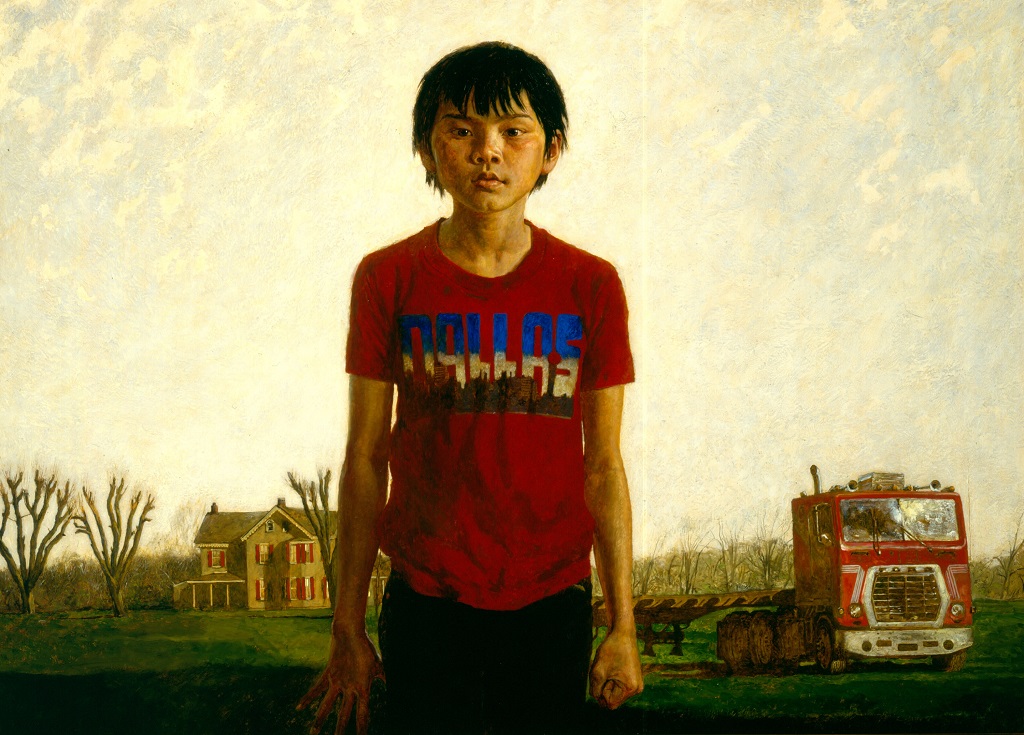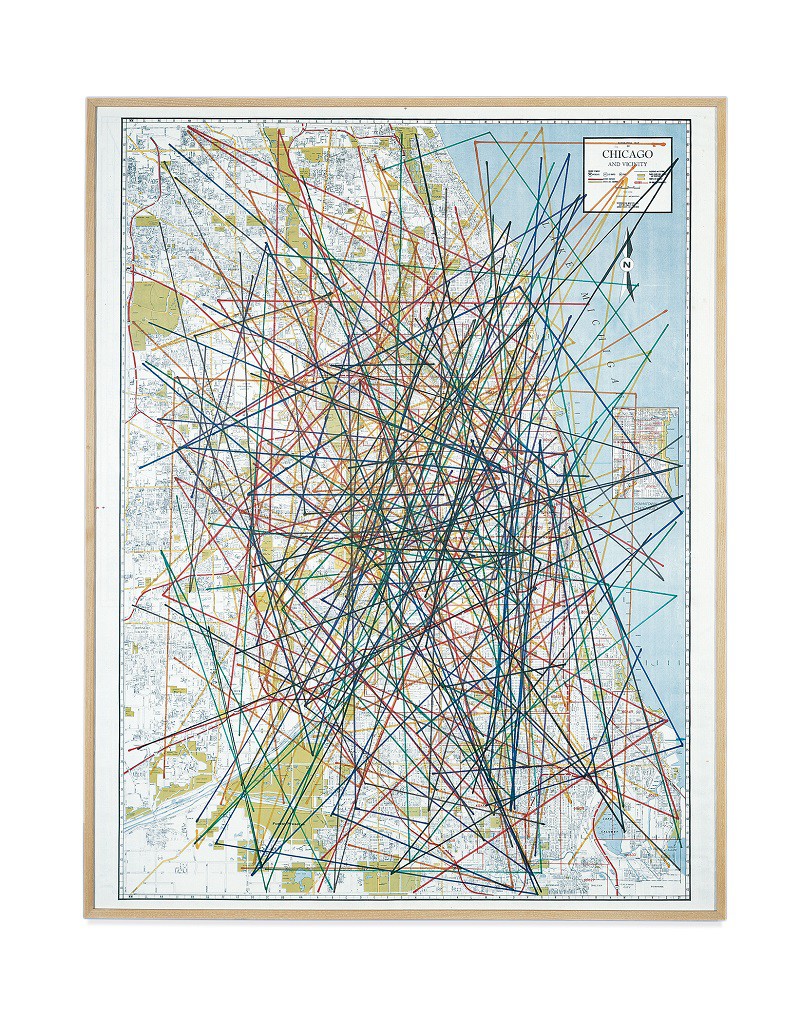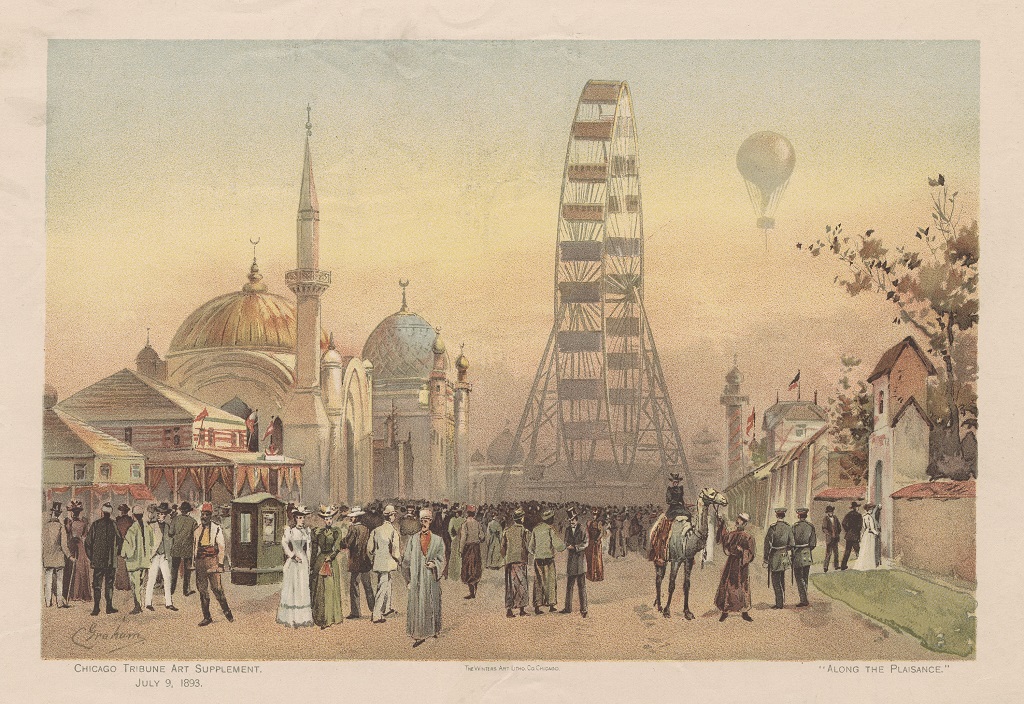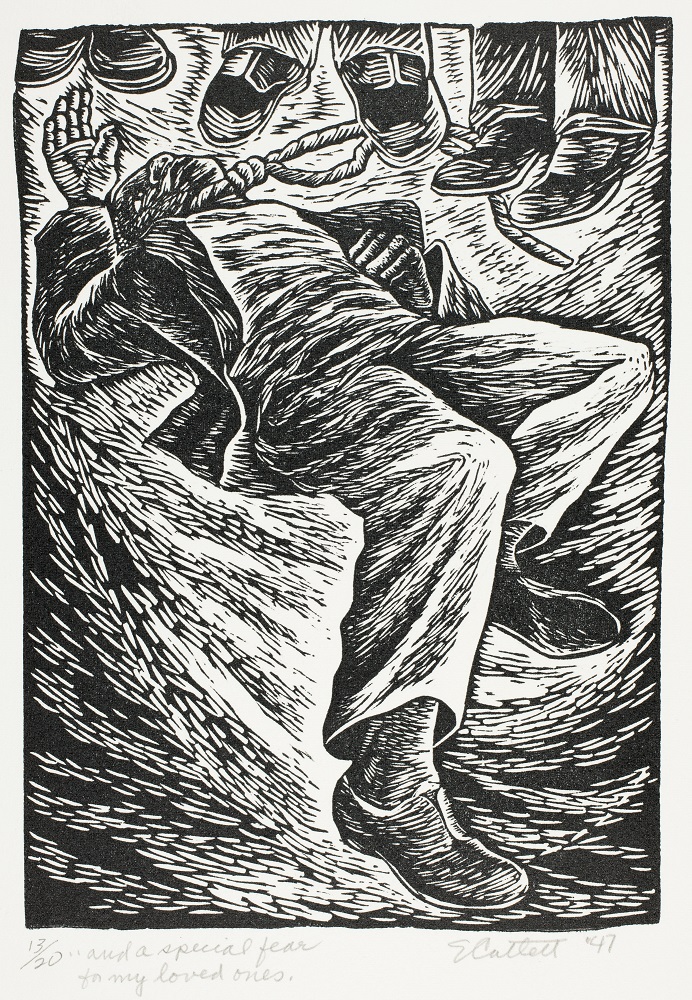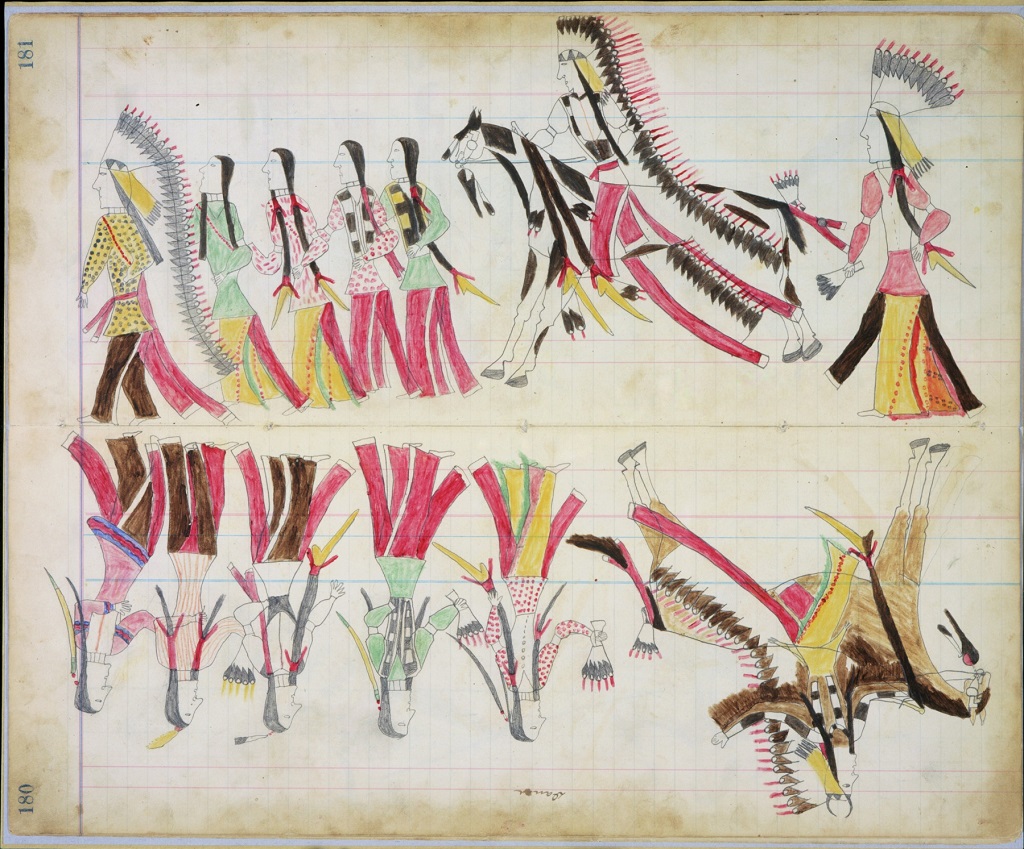Author:
Sara Jatcko, Terra Foundation for American Art
At first glance
Notice the body language and facial expression of the boy in this painting. What words come to mind? Next, look at the setting. What kind of place is this? What elements in the background stand out? How does (or doesn’t) the boy seem to relate to his surroundings? What feeling or mood do you get from this artwork? What about it makes you say that?
Read to build knowledge
Look into the eyes of the boy at the center of this canvas. He dominates this portrait and stares right back at you. The barren trees to his left echo the shape of his tense, open hand. On the right of the composition, you see his clenched fist next to a large semi-trailer truck, used for transporting goods. While there is a large farmhouse in the distance, he is not painted close to this house. This boy’s name is Kalounna. He is eleven years old. He lives on this farm, but this is not his homeland.
Kalounna and his family fled their home in Laos as a result of a long, bloody civil war. Thousands of Laotian refugees, referred to as “boat people” in the American media at the time, sailed to the United States and other countries in the 1970s and 1980s. They often rode in leaky, overcrowded boats and had little control over the dangerous journey ahead of them. Taking American names, Kalounna and his family lived in the United States for several years before becoming caretakers on the artist Jamie Wyeth’s family farm in rural Frogtown, Pennsylvania. Wyeth, who became a professional painter by the time he was eighteen, was raised on this farm.
Art was a family business for Jamie Wyeth, who began painting at a very young age. He left school to train as a painter with his aunt, painter Carolyn Wyeth, when he was only eleven years old. His father, grandfather, another aunt, and two uncles were also painters. As an adult, Jamie Wyeth discussed his process of painting portraits:
“I try to become the person I’m painting. A successful portrait isn’t about the sitter’s physical characteristics—his nose, eyeballs, and whatnot—but more the mood and the overall effect. I try not to impose anything of mine on him. I try to get to the point where if the sitter painted, he’d paint a portrait just the way I’m doing it.”[1]
After Wyeth finished painting this powerful portrait, he asked Kalounna to sign the finished artwork with his Laotian name, not his adopted American name (Bruce). While this portrait does not tell us about Kalounna’s physical journey from Laos to America, it can help us better understand some of the tensions that resulted from that journey. The t-shirt he wears, showing the logo of the popular American television show “Dallas,” indicates a desire to fit in to American culture. But Kalounna’s tense body language helps us think about the deeper emotions and stresses that go along with straddling two cultures during the emotionally charged journey from boyhood to adolescence.
Analyze and interpret
- What details in this painting seem most important to you? Why do they seem important? Where did you find them in the artwork?
- In what ways do the boy and the objects and structures around him relate to one another (think about: color, repeated forms, and scale)?
- Painter Jamie Wyeth placed Kalounna front and center, looking directly at us in this composition. What effect does this have? What can this artistic decision help us understand about Kalounna?
- Does knowing more about Kalounna’s journey change what you think about this painting? If so, how and why?
- Jamie Wyeth was eleven, the same age as Kalounna in this portrait, when he started training to be a painter. Jamie Wyeth says “I try to become the person I’m painting,” when he makes a portrait. What do you think this statement means in relation to his portrait of Kalounna? What would you need to know to be able to tell if Kalounna would agree with Wyeth’s statement “he’d paint a portrait just the way I’m doing it”?
- What could Wyeth have understood about Kalounna’s experience living in Frogtown? What parts of Kalounna’s life experience could the artist have not understood? What additional questions does this raise for you about Kalounna and about Wyeth?
- How would the meaning of this painting be altered if the artist had changed the title to Bruce in Frogtown?
For further reading (students)
Expaillat, Rhina P. “Bilingual/Bilingue,” http://www.poetryfoundation.org/poem/175878
For further reading (teachers)
Terra Foundation for American Art. “Kalounna in Frogtown,” http://collection.terraamericanart.org/view/objects/asitem/People$0040388/3?t:state:flow=781a064b-2cc5-478a-83fb-15e126b1ea01
[1] Sarah Fensom, “Portrait,” Art and Antiques, Summer 2014, http://www.artandantiquesmag.com/2014/07/jamie-wyeth-paintings/.

